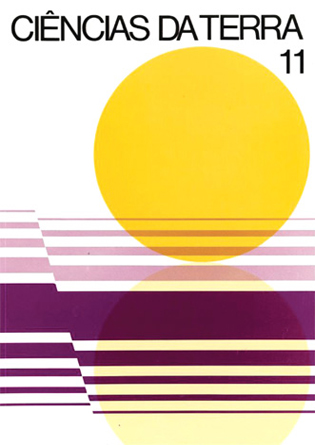Le gisement de Asseiceira, Portugal (Miocène supérieur). Données complémentaires sur Freiria de Rio Maior
Abstract
Key-words: Mammals-Reptiles-Fishes-Charophyta -Palynology-Upper Miocene Asseiceira-Freiria -Portugal. A new upper Miocene locality at Asseiceira (Rio Maior), near the top of the "Calcarios de Almoster e Santarém" unit (Almoster and Santarém limestones) is studied. Animal and plant fossils are described. Comparisons arc drawn to other localities related to the same unit: Freiria and Azambujeira (middle and upper levels, both with large mammals). Small mammals from Asseiceira and Freiria point out to a rather old age amidst the upper Vallesian, MN 10 mammal-unit. This gives a fairly accurate datation for the "Calcarios de Almoster e Santarém" and for the short time span of the corresponding sedimentation. Climate was warm and quite dry, with contrasting seasons and arid events. During upper Vallesian times, climate in Iberian Peninsula was varied but drier than in France, and specially so in the inner basins. However in Portugal and in Catalonia climate would he less different in comparison with that of the Rhône basin. Environmental evolution has been important: at Freiria and Azambujeira (middle level) there were mainly shallow lacustrine environments that received ressurgence waters from the nearby "Maciço calcario". Humid areas were closely surrounded by dense forests and these by broader and drier savanna or steppe areas. Still later, carbonate sedimentation ended. For sorne time there was still a river system with oxbows; humid areas probably were decreasing in favour of surrounding, rather dry environments. This study stressed the need for revision of the geology of the region of Rio Maior and for a new geological mapping of that area. Environmental evolution has been important: at Freiria and Azambujeira (middle level) there were mainly shallow lacustrine environments that received ressurgence waters from the nearby "Maciço calcário".Downloads
Published
2009-04-22
Issue
Section
Articles






